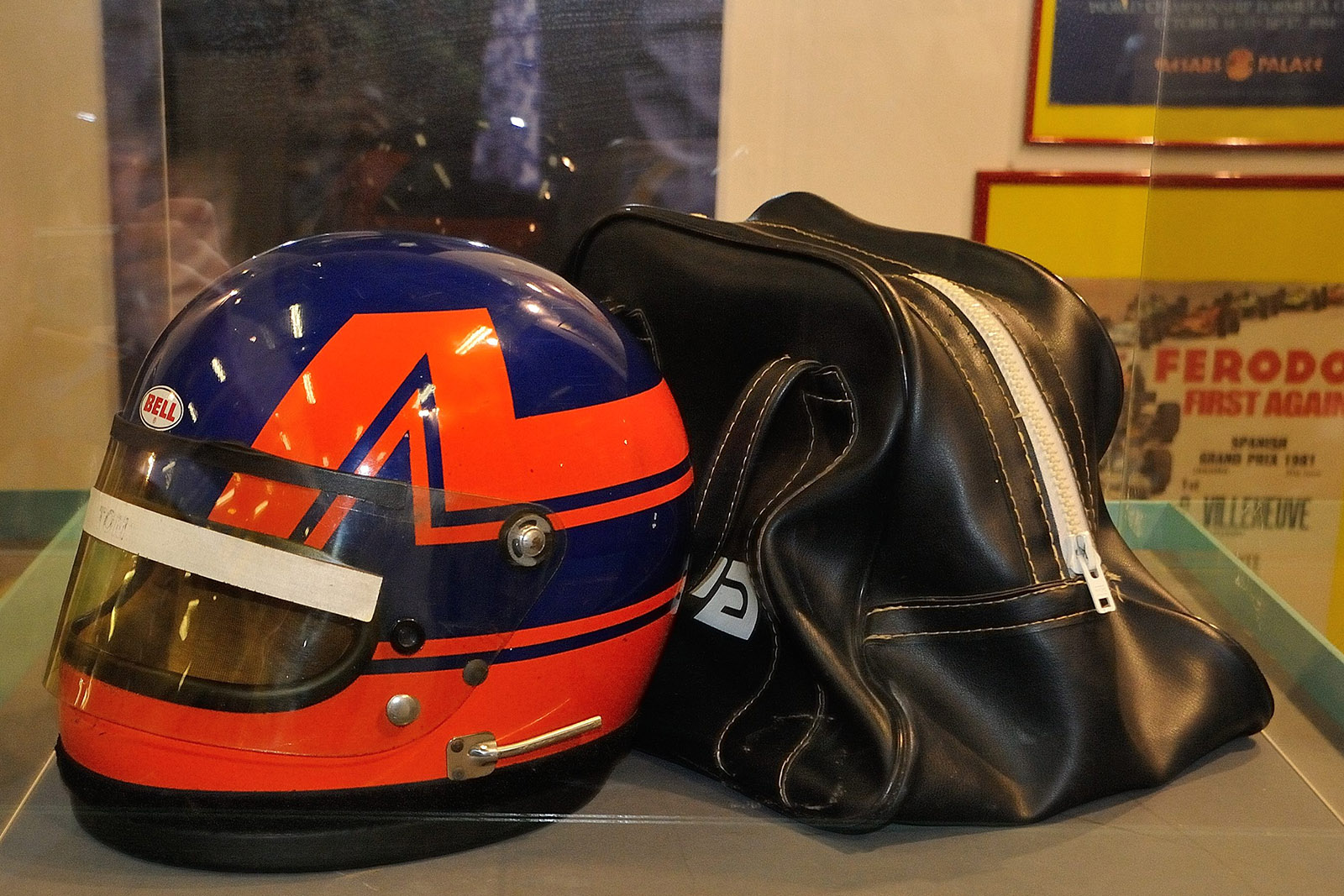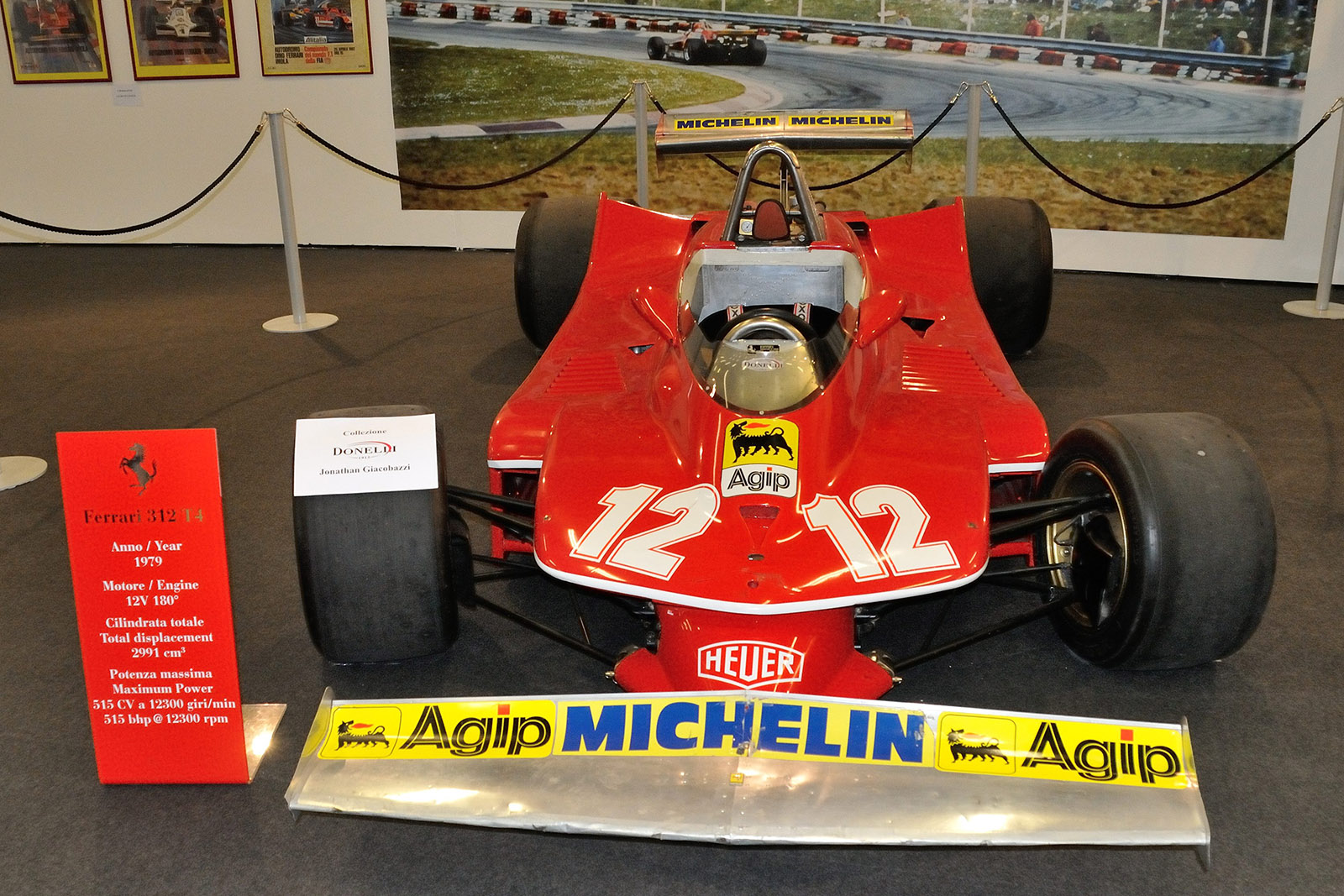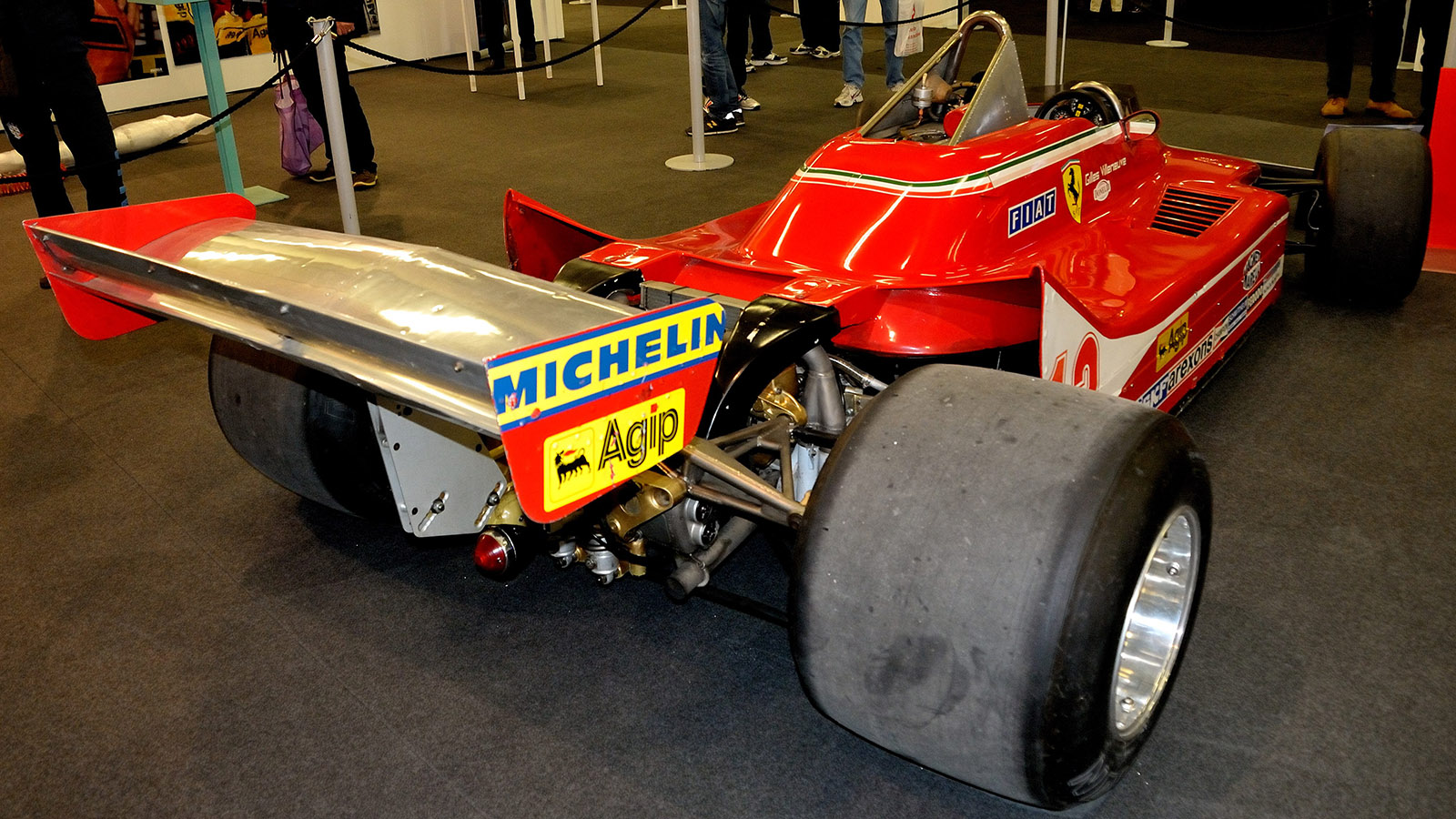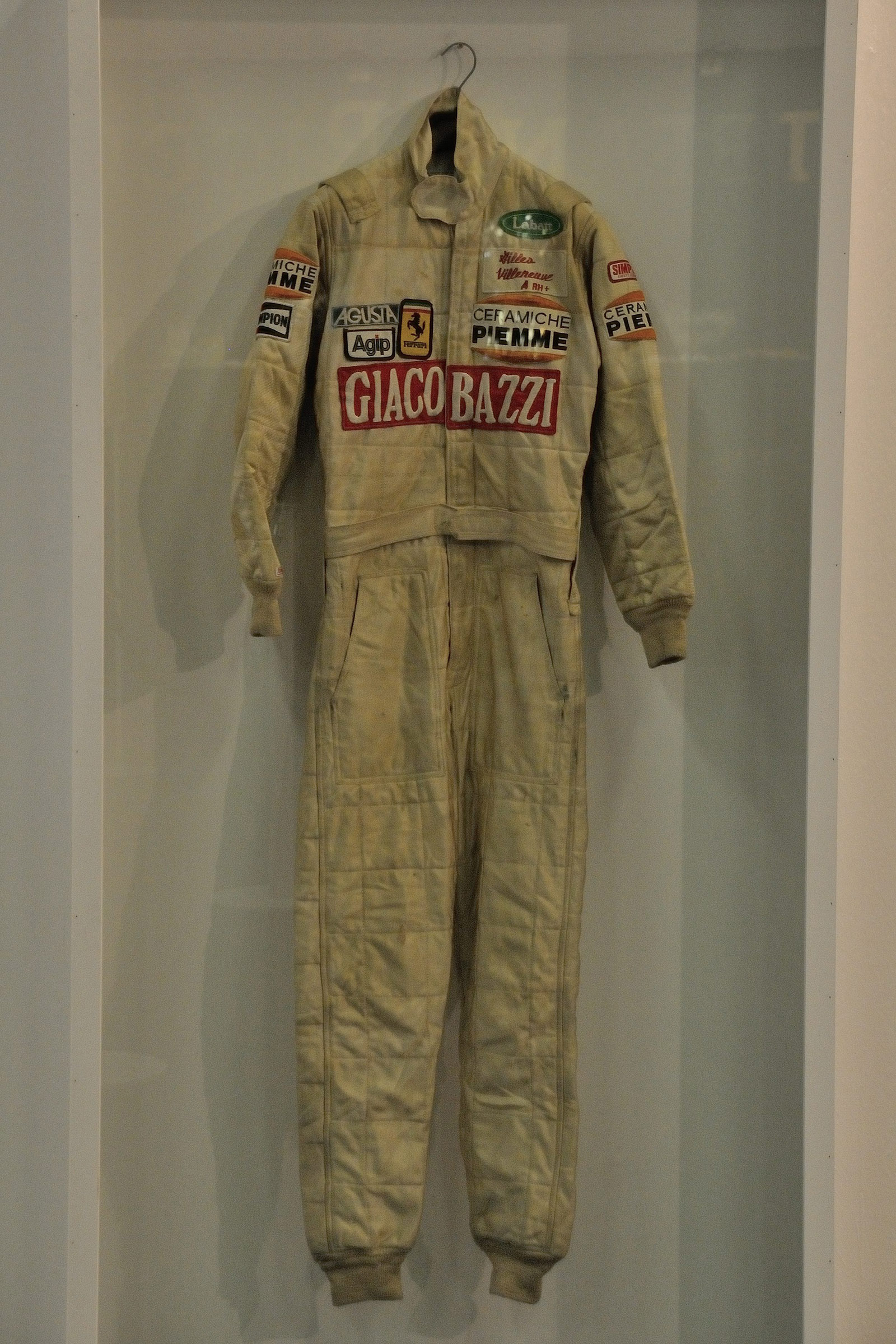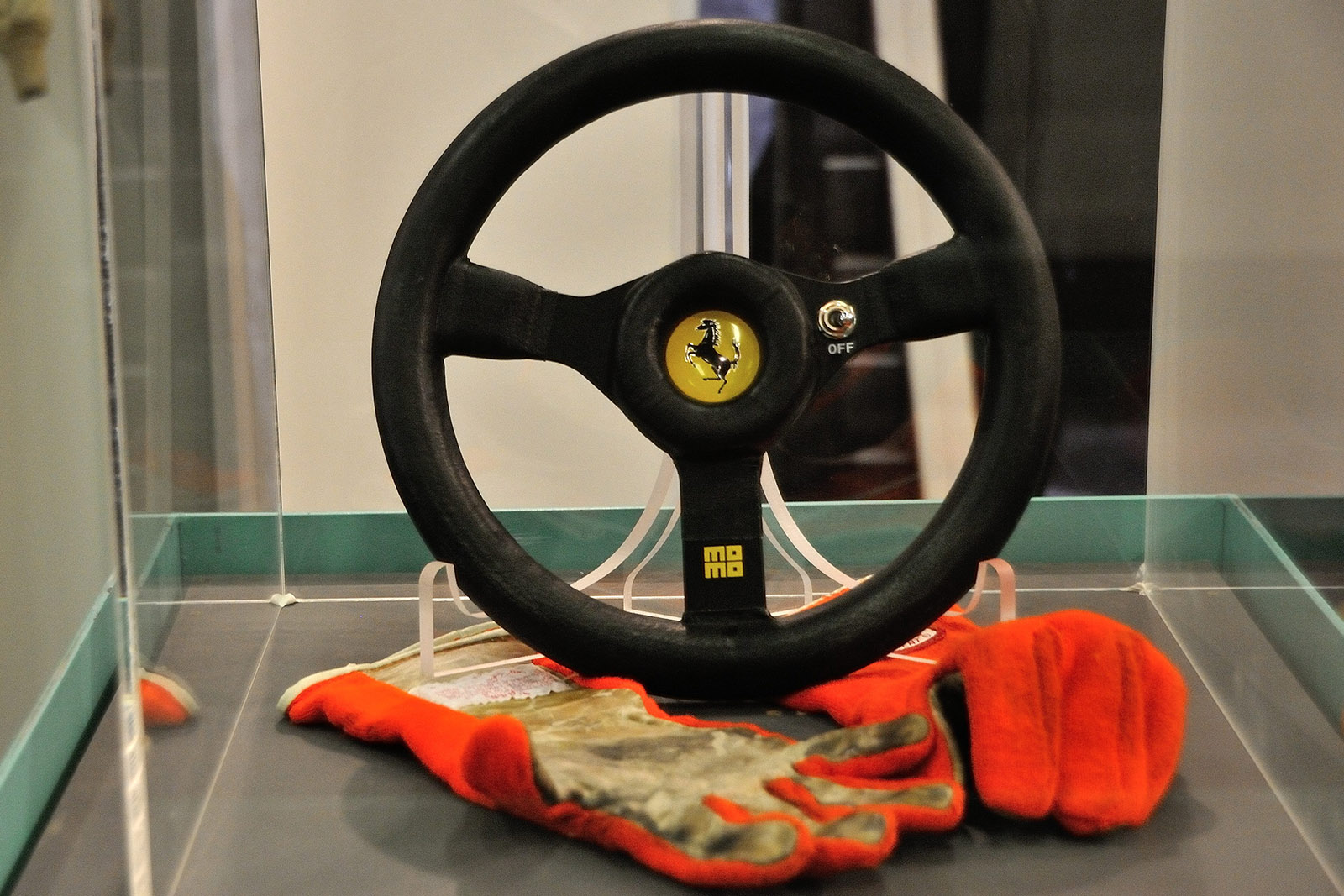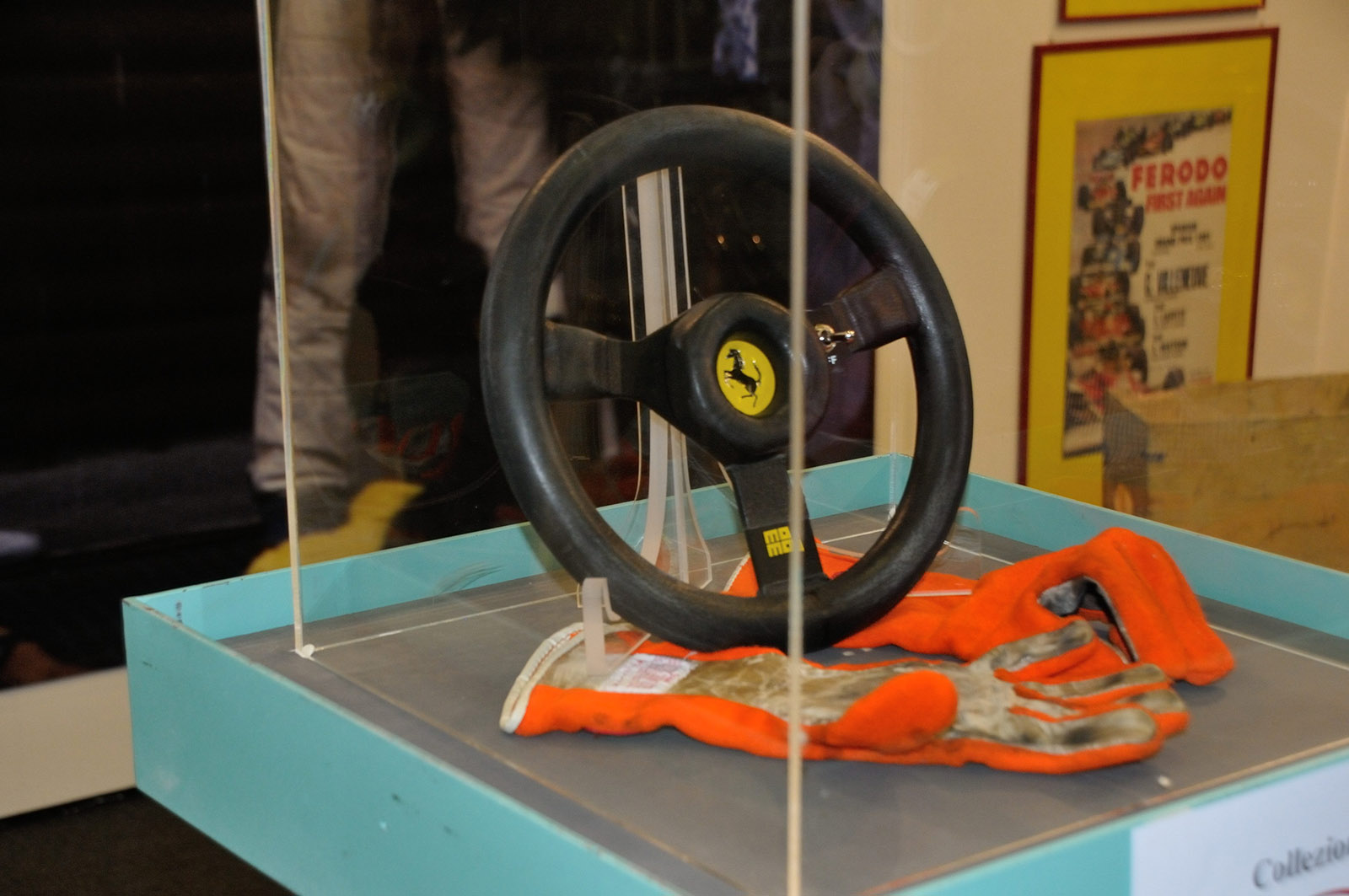Gilles Villeneuve, “the Aviator” flew away forty years ago
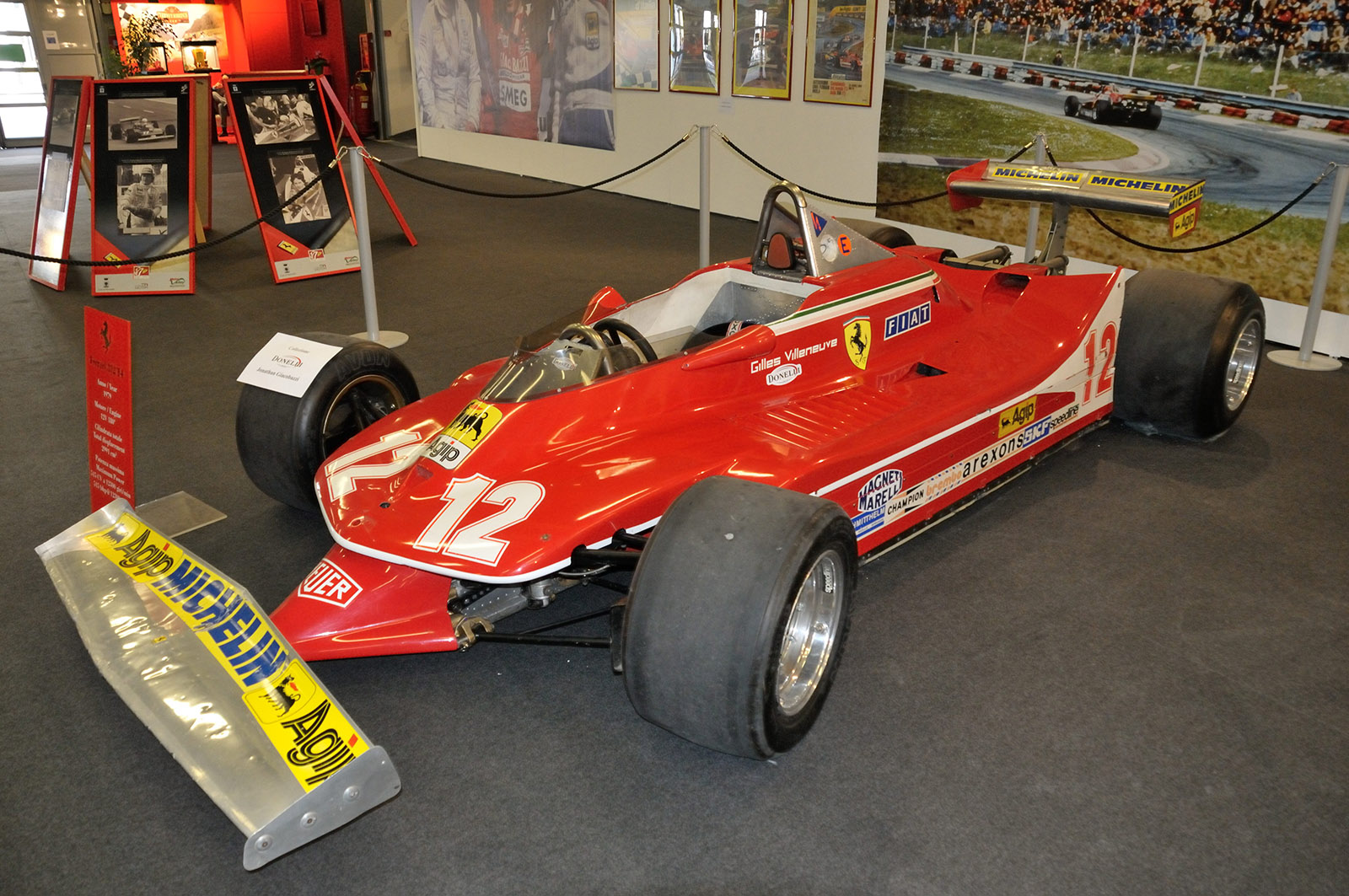
Almost half a century after his fatal accident in Belgium, we retrace the most astounding steps in the career of the Canadian acrobatic pilot. The most loved by Enzo Ferrari
Zolder, Saturday 8 May 1982. The last passage of a magical bright, brilliant and inimitable comet takes place at the qualifying for the Belgian Grand Prix. When the gods abandon their chosen one to fate, the conclusion can only be tragic. Gilles Villeneuve, the hot-blooded driver who came from the Canadian cold, was born on January 18, 1950. It will later be discovered that he had “rejuvenated” by two years to be better accepted in the automotive world, to try to secure his career and credibility. longer. The engineer Mauro Forghieri, who knew him well, called him “a force of nature”. Never beaten, always ready to accept the challenge: “As long as the car goes on, I will drive it”. Gilles, ambassador of speed fever, infected millions of fans with the “Villeneuve Fever”.
Full of talent, exuberant in the control of the car to the limit, he slid carelessly on the blade that cuts the boundary between the asphalt and the dust of the off-track. Only he always managed to amaze, with performances that were masterful every time, despite cars not always up to his stature. Gilles never led to saving, to compromise, to making a living, as many colleagues often had to do because of the obvious inferiority of the vehicle, and to bring home all the bones in their place. Piloting to the limit was his dimension, where time and space confronted each other in the state of absolute inimitable exaltation by which the laws of physics bent to his daring.
World champion of snowmobiles in 1974 and of Formula Atlantic in the USA and Canada in 1976 and 1977, Gilles Villeneuve stands out in a race in Trois Rivieres between local champions and Formula 1 drivers where he is spotted by James Hunt who will report him to McLaren team manager, Teddy Mayer. Chris Amon, a former Ferrari driver, also admires his driving and points out his talents. He then made his debut in Formula 1 in 1977 at Silverstone with McLaren. Even without knowing the circuit, he qualifies eighth; in the race he fought for a long time in the first positions until an engine problem brought him to the pits making him finish ninth. Then silence, no one calls him anymore. As long as Niki Lauda left Ferrari and the Commendatore decided to hire this unknown, also reported by Chris Amon.
The beginnings were not encouraging, so much so that after two races with the Red, he had a fair number of head and tail and accidents for which he is given the not very honorable nickname of “Aviator”. To make him understand the damage he has done, in a Ferrari yard, Franco Gozzi arranged the parts of the destroyed car in Japan so that he understood that cars must be respected and, above all, they cost money. Ferrari had taken into account that the apprenticeship was essential, but he too was convinced that the driver had raw skills to make shine. In 1978 Gilles Villeneuve managed to win the Canadian Grand Prix after a season of ups and downs also due to experimentation with Michelin radial tires. Meanwhile Mario Andretti became world champion with all the magic of the Lotus 79 ground effect.
In 1979 Gilles was definitively consecrated in the collective imagination as the fearless driver whose feats are memorable. The duel with René Arnoux’s Renault at the French Grand Prix was incredible. The writer at the time was a little boy and still remembers the emotion of a hot Sunday in July together with the fans of a bar where everyone was certain of having witnessed an amazing event. Doors, smoking wheels, overtaking and counter-overtaking and, above all, the victory with the Ferrari. There was enough to dream and consume your eyes reading hectoliters of printed ink, divided between those who had appreciated that savage fight and those who regretted Lauda’s precise style.
In Zandvoort, in the Netherlands, after an academy overtake on the outside of the Tarzan corner against Alan Jones’s Williams, Gilles took off. But he didn’t last long, because the left rear tire was giving way. He did not return to the pits. He bursted the tire and Jones overtook him. Race over? No Sir. Villeneuve restarted as if there were no tomorrow and performed an almost complete lap on three wheels (in some places, with the balance of only two). No driver would have driven a car for three quarters of the track after a puncture. Apart from him who, from the cockpit, did not realize the exaggerated speed maintained and the rear suspension that was being demolished. Once in the pits, the rear of the Ferrari had to be rebuilt. After getting out of the car, he realized the impossibility of a repair and got conscious that he had lost all chances for the world title. Also on that occasion, the ink of the press flowed in torrents. But Enzo Ferrari said that his temperament recalled none other than Tazio Nuvolari.
Then there was 1980, for Ferrari the annus horribilis. The Canadian driver, despite this, managed to do feats. Maranello was already thinking about the turbo and the 312 T5, the evolution of the 312 T4 world champion, could do nothing against the overwhelming power of the ground effect developed by the British and the quality of the Michelin tires, developed for the benefit of Renault. Yet Gilles never gave up and gave impressive performances. In Monte Carlo after a slow start from Daly’s accident with a perfect flight on the Tyrrell, the Canadian fought fiercely. Although delayed by a tire change on lap 22 and restarted 14th, he finished fifth at the finish. That year the accident in Imola was terrible, in the bend that precedes the Tosa due to a miniskirt that cut the rear tire of the Ferrari launched at over 250 km / h. The collusion was frightening, with the Ferrari losing pieces like the luminous trail of a comet. In the gloomy silence of the crowd, Gilles got out of the wreck of the Ferrari without a scratch. He was a God, the predestined child of speed. In that year, each competition was an anthology of the limit, a lectio magistralis of the abc of divine talent. Whether the Ferrari racer wanted to fly or not, he did. And, under the stress of the Canadian possessed, the mechanical parts broke, indicating the sectors where the car sector was critical or underpowered. In this regard, it is interesting to review the Argentine Grand Prix for the determination shown on the track until the front left suspension broke (he was second) after some almost rally excursions. But also in France at Le Castellet, after an accident in practice for which he remedied a scratch on his face, he drove a crazy race despite a clearly less fast car. Nuvolari said that if a course had many curves, he revealed as many “resources” to run fast. Well, Villeneuve in France had invented curves even in straights.
In 1981 comes the turbo. The car was unripe but had good potential. Mediocre chassis but if you know how to do it… In Imola, after pole position, Gilles Villeneuve anticipated a tire change in a wet race to mount slicks. He was completely wrong, but after a second pit-stop to mount the rain he repeatedly sat the fastest lap, the angry scream of a furious lion. Montecarlo arrived, a path defined by many as supercharged cars. Instead Gilles triumphed with a metronome rhythm. In qualifying, then, he reached the second best time with the car always sideways in the descent that leads from the Casino to the high Mirabeau. Again, in Spain it is the apotheosis: with a fast car on the straight but deficient in the corners, he kept four ferocious drivers at bay who could not understand how the Ferrari driver managed to keep them behind in absolute correctness. The fifth classified, Elio De Angelis, arrived at 1.24 ” from the Canadian champion. Canada remains in the memory for a blind race: in the rain and with the front wing first bent, then sideways, and finally lost with a sidebar to the textbook tornatone. Gilles crossed the line in third position and it was an absurd and poetic work.
1982 started under discreet omens. In South Africa the engine broke down. In Brazil he fought for the lead until he went off the road with the tires worn out from the heat. At Long Beach he finished third. But Ferrari was disqualified for using a double rear wing in response to the underweight of the British. Absolutely memorable, however, how he opposed Rosberg… Then Imola was the competition of the break with teammate Pironi. “He stole the race from me”, Gilles said. His soul turned gray. Nobody could make him think. And here we are at the Belgian Grand Prix tests. Gilles Villeneuve was 32 years old. His Ferrari made contact at 227 km / h with Jochen Mass’s March and crashed badly after spinning in the air for a few seconds. He died in the Lovaino university clinic about seven hours later, at 9.12 pm. That time the Aviator had decided to take flight and go much higher than he could ever imagine.
© RIPRODUZIONE RISERVATA

